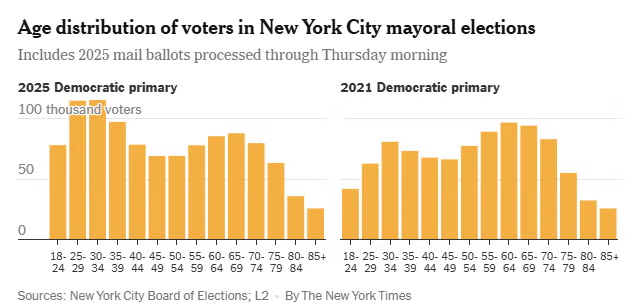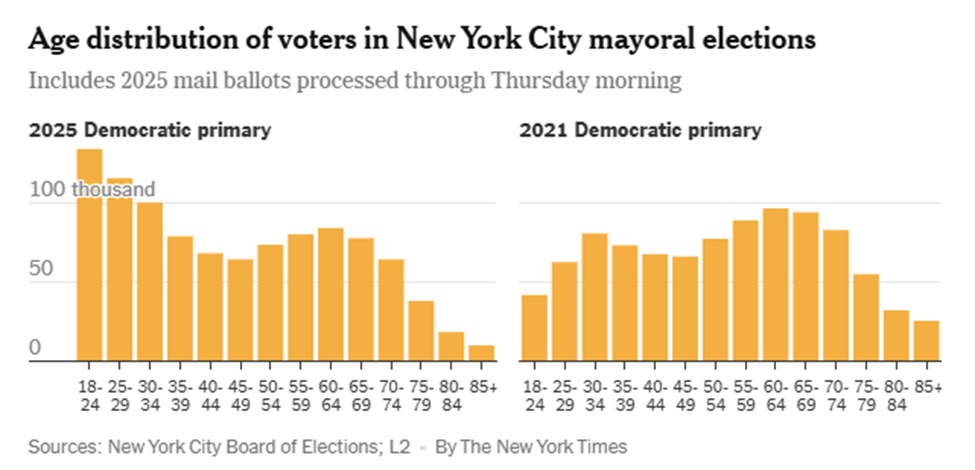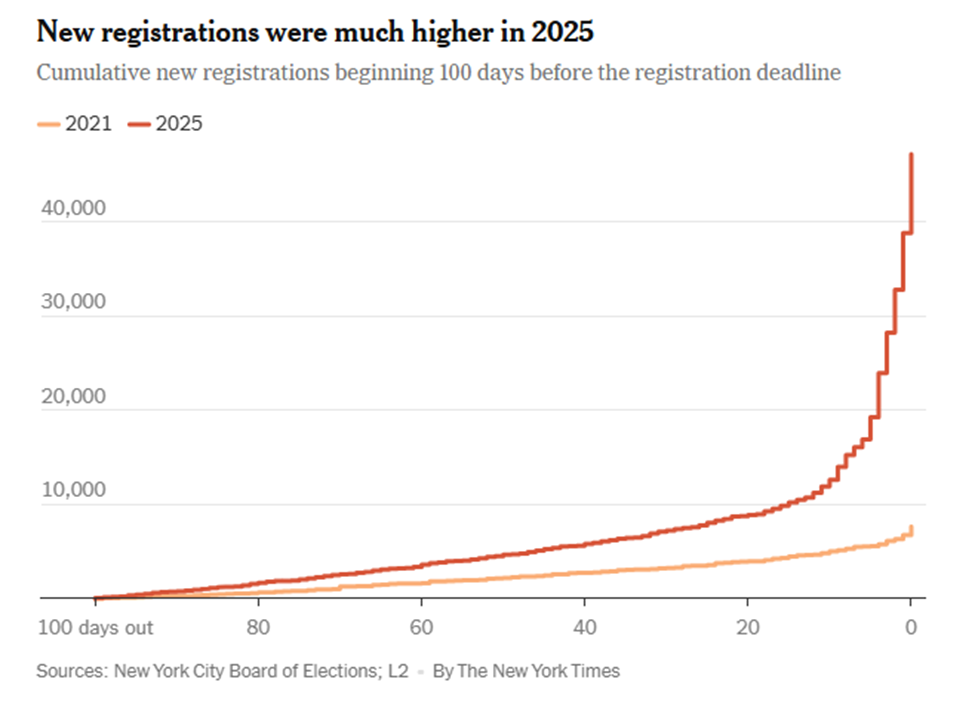Congress designed the Federal Election Commission and the Election Assistance Commission to be “independent agencies” in various respects. See, e.g., S. Rep. No. 93689, at 16 (1974) (emphasizing that the 1974 FECA amendments aimed to “establish[] an independent [FEC] within the executive branch to enforce . . . reporting and disclosure requirements”). But the recent Supreme Court decision in Kennedy v. Braidwood Management is going to make more difficult defending against the President’s claim that he has the right to remove at will the FEC and EAC Commissioners.
One major aspect of an independent agency is that the President cannot remove the heads of the agency simply at his pleasure, but only for good cause. But neither the statute creating the FEC or the EAC expressly states that the commissioners can only be removed for “good cause.” In a 1993 decision, the D.C. Circuit held that at a for-cause removal restriction was implied in the statute creating the FEC, given Congress’ strong commitment to ensuring the independence of the FEC.
But in the Braidwood decision, Justice Kavanaugh for the Court staked out a very strong position against courts implying for-cause removal restrictions into statutes that do not expressly provide for that. There are still arguments that the FEC and the EAC should be carved out from this general principle, but that battle has become much more uphill after Braidwood.
Before I quote at length from Braidwood, I should note that even if it’s now more likely the Court would permit the President to remove commissioners at will, that would not mean the President would necessarily be able to assert other powers he claims over these agencies, such as the power to direct their decisions in areas in which they have discretion. I will write in more detail about the Executive Orders concerning the FEC and the ECA later. But for now, here are the passages from Braidwood that the FEC and ECA will have to confront:
In essence, Braidwood invites the Court to read a for-cause removal restriction into a statute that does not explicitly provide for one. We decline to do so. The Court has said that to “take away” the power of at-will removal from an appointing officer, Congress must use “very clear and explicit language.” Shurtleff v. United States, 189 U. S. 311, 315 (1903); see Hennen, 13 Pet., at 259–260. “[M]ere inference or implication” does not suffice. Shurtleff, 189 U. S., at 315.
When Congress wants to depart from the default of at-will removability and instead furnish for-cause protection, it knows how to do so. In many statutes, Congress has specified that officers shall be removed only for good cause, often using a formulation like “inefficiency, neglect of duty, or malfeasance in office.” 15 U. S. C. §41 (Federal Trade Commissioners); 42 U. S. C. §7171(b)(1) (Federal Energy Regulatory Commission members); 49 U. S. C. §1301(b)(3) (Surface Transportation Board members); see also Arthrex, 594 U. S., at 17 (Patent judges may be removed only “‘for such cause as will promote the efficiency of the service’” (quoting 5 U. S. C. §7513(a))).
In fact, Congress has done so with respect to members of other bodies that, like the Task Force, are within the Public Health Service of HHS: Ethics board members who review research involving human subjects may be removed only“for neglect of duty or malfeasance or for other good cause shown.” 42 U. S. C. §289a–1(b)(5)(E). Notably, however,Congress did not employ that kind of language in the statute governing the Task Force.
Braidwood nonetheless suggests that the term “independent” in this statute suffices to displace the default of at-will removal. But this Court already rejected that move in Collins v. Yellen. There, the challengers argued that the Acting Director of the Federal Housing Finance Agency must have been removable only for cause because Congress described the agency as “‘independent.’” 594 U. S. 220, 248 (2021) (quoting 12 U. S. C. §4511(a);emphasis deleted). The Court disagreed, concluding that the challengers read “far too much into the term ‘independent.’” 594 U. S., at 248. The Court explained that“Congress has described many agencies as ‘independent’ without imposing any restriction on the President’s power to remove the agency’s leadership.” Id., at 249.
Given Collins, Braidwood’s argument based on the term“independent” falls short. The word “independent” alone in a statute does not make an officer removable only for cause.Rather, Congress must speak clearly if it wishes to insulate officers from at-will removal. It has not done so here.



